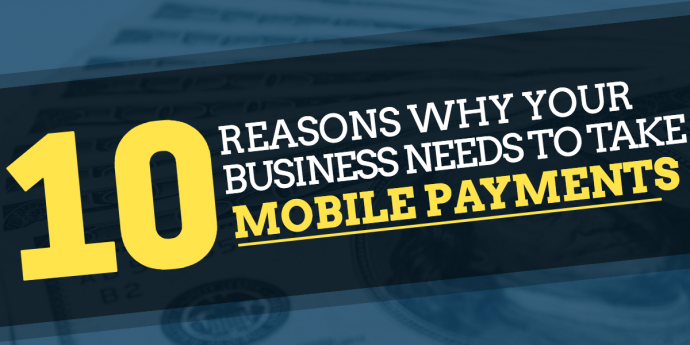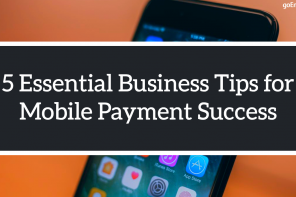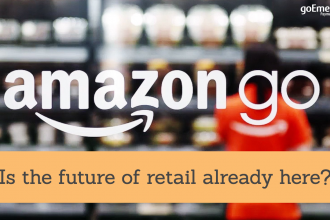Almost every new concept entering the payments market faces initial skepticism, particularly unfamiliar technologies that run the risk of being the next fad. Mobile payments are among the many innovations encountering their fair share of challenges.
The mobile payments market faces a unique conundrum. Payments pundits are bullish on the future of mobile, yet the market’s evolution has seen a slow burn. This has created cynicism toward the technology and it’s easy to understand why.
Most merchants are so concerned with fraud and data security, the concept of integrating any new technology seems daunting — especially with ongoing regulations businesses must follow to ensure they are protecting their customers. This often leads to companies choosing the route with less friction and staying the course, instead of embracing modern technologies.
The problem with that mindset is, regardless of if a business wants to adapt, consumers are tech-savvy and drawn to businesses that welcome future-thinking concepts. Increasingly, customers expect companies to cater toward them, including how they want to pay.
If you look at the data below, you’ll begin to see how quickly the mobile payments market is picking up steam.
With credit card fraud on the rise and digital identities being threatened every day, mobile payments solve multiple problems for businesses needing an alternative to swiping/dipping a physical credit card. For CNP fraud, mobile and digital payment methods are worth investigating thanks to advancements in NFC, tokenization, and biometrics that add extra layers of security to the transaction process.
To help merchants understand the impact of mobile payments, we’ve broken down ten key stats worth following as your business works to remain relevant in today’s competitive landscape.
Mobile Payments’ Market Momentum
- $930 Billion – On a global scale, total revenue from the mobile payment market is expected to hit $930 billion in 2018, according to Statista.
- $75 Billion – Data from Business Insider Intelligence indicates in-store mobile payment volume will hit $75 billion in 2017 alone.
- $27.67 Billion — Proximity mobile payment transactions were estimated to hit $27.67 billion in 2016, with 2017 figures projected to more than double to $62.49 billion, according to eMarketer. By those same calculations, proximity mobile payments are estimated to hit $314 billion by 2020.
- $6 Billion – Mobile point of sale revenue accounted for roughly $6 billion in 2016, and that figure is anticipated to skyrocket to $50 billion by the year 2021, according to Juniper Research. That same research shows in 2016, consumers bought $47.6 billion worth of physical goods with remote mobile payment methods.
- 150 Million – A report from Mobile Payments World suggests by 2020, there could be 150 million active mobile payment users.
- $147 billion – The number of U.S. digital P2P transfers last year hit $147 billion, and this figure is estimated to grow to $316 billion by 2020, according to Aite Group.
- 102 Million – PayPal processed more than 102 billion mobile payments in 2016 alone.
- 72,000 – More than 72,000 mobile payments will be made using a remote option in 2017, and more than 16,000 in-person mobile payments will be made in the U.S. alone, according to data from Statista.
- 32 Percent – Consumers are increasingly using mobile payments. One Pew study showed 32 percent had used to make a purchase, with another 41 percent saying they’re familiar with the technology.
- 27 Percent – Starbucks is a leading example for a successful merchant mobile payments use case. Mobile payments account for 27% of all U.S. transactions.
The stats above are just the tip of the iceberg. If that’s not enough proof mobile is the future of payments, then just look at the continuous infusions of brand new technology into the financial ecosystem. Or, the many investments by huge tech companies like Apple, Samsung and Google.
Ready or not, businesses must understand that in one form factor or another, the future of payments is all about mobile. We’ve written about how mobile can increase customer conversions, boost loyalty and drive up customer spending. Your customers are already addicted to devices, so why not leverage that resource to create a new revenue source?
When thinking about the long-term benefits of mobile payments, implementing them into your business now becomes essential! The time is ripe for payments innovation, led by advancements in biometrics, NFC, and tokenization, mobile payments, and smartphones. Companies who fail to understand mobile payments will be left behind.
Technology and payments are intersecting now more than ever, and your business doesn’t want to miss out. The best way to stay ahead of the curve? Work with a payment processing partner that specializes in deploying modern payment solutions to fit the needs of your customers and scale with your business.




